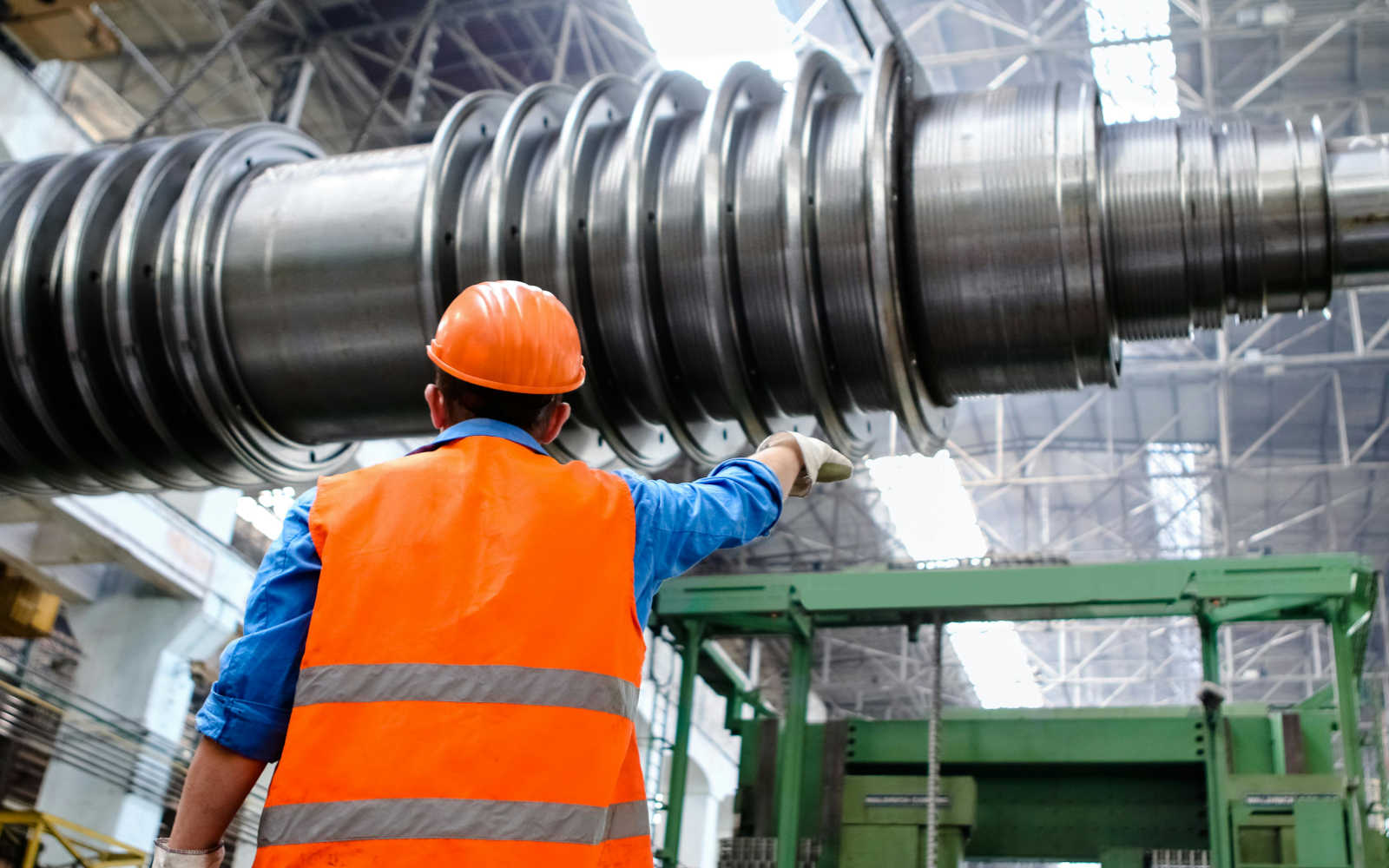Gas leaks are serious hazards in industrial environments, often posing significant risks to safety and health. In settings like refineries, production platforms, and drilling rigs, the presence of flammable gases and toxic substances can lead to dangerous situations.
This article aims to educate safety managers, industrial hygienists, plant managers, safety consultants, and other professionals on the critical warning signs of gas leaks, the importance of detection systems, and actionable measures for ensuring workplace safety.
The Importance of Gas Leak Detection
Industrial facilities commonly handle a variety of gases, including natural gas, propane, hydrogen sulfide, and carbon monoxide. These substances are not only flammable but also potentially toxic, making it crucial to identify and address leaks promptly.
Effective gas leak detection is not just about compliance with safety regulations; it’s about protecting lives, preventing property damage, and maintaining operational integrity.
Common Warning Signs of Gas Leaks
1. Sulfur or Rotten Egg Odor
Natural gas and propane are typically odorless. However, an additive called mercaptan is added to these gases, giving them a distinct smell reminiscent of rotten eggs or sulfur. This pungent odor is a clear indicator of a gas leak and should prompt immediate action. In an industrial setting, the smell may be more noticeable around gas lines or storage areas.
2. White Mist or Fog
A visible cloud of white mist or fog can indicate a ruptured gas line. This phenomenon occurs when the pressurized gas escapes and rapidly cools the surrounding air, causing condensation. It’s crucial to evacuate the area and notify the appropriate authorities if such a sight is observed, as it often signals a significant leak.
3. Hissing or Whistling Sounds
A hissing or whistling noise near gas lines or equipment can be a sign of a gas leak. This sound usually results from gas escaping under pressure, often pointing to a severe leak. Immediate evacuation and contacting emergency services are recommended, as such leaks can escalate quickly.
4. Dead or Dying Vegetation
Gas leaks can occur underground, affecting soil and vegetation. If patches of grass or plants suddenly die off, particularly near pipelines, it could indicate a gas leak. The leaking gas displaces oxygen in the soil, suffocating the plant roots. This sign is often overlooked but is a critical indicator of a potential hazard.
5. Physical Symptoms in People
Exposure to leaking gases can cause various physical symptoms in workers, including dizziness, headaches, nausea, and respiratory difficulties. Carbon monoxide, in particular, is a silent and deadly gas, as it is colorless, odorless, and can be lethal in high concentrations. Recognizing these symptoms early can prevent serious health consequences and fatalities.
The Role of Gas Leak Detection Devices
Given the potential dangers, investing in reliable gas detection systems is essential for industrial safety. Detection devices can range from portable units, which are ideal for individual use, to comprehensive automated systems that continuously monitor entire facilities.
These systems can detect even trace amounts of hazardous gases, providing early warnings and allowing for quick response actions.
Portable Detection Units
Portable detectors are valuable tools for employees who work in high-risk areas. These devices can alert individuals to the presence of gases, enabling them to evacuate and seek safety promptly.
Automated Detection Systems
For larger facilities, automated gas detection systems provide comprehensive monitoring. These systems can be integrated with alarm systems and emergency protocols, ensuring that all personnel are quickly alerted to potential dangers. The Accusafe and GasD 8000 by Interscan are examples of advanced systems that offer accurate and reliable gas detection capabilities.
Lesser-Known Facts and Safety Tips

Regular Maintenance and Calibration
Detection devices require regular maintenance and calibration to ensure accuracy. Neglecting this aspect can lead to false readings or missed detections, compromising safety.
Employee Training and Awareness
Proper training on the use of detection equipment and recognition of gas leak symptoms is crucial. Employees should know how to respond to alarms and understand the protocols for evacuation and reporting.
Integration with Safety Protocols
Gas detection systems should be integrated into the facility’s overall safety protocols. This includes coordination with emergency response teams and clear communication channels for reporting leaks.
Gas leaks in industrial settings are a significant safety concern that requires vigilance and proper safety measures. Recognizing the warning signs and having reliable detection systems in place are critical steps in preventing accidents and protecting lives.
For facilities looking to enhance their safety measures, investing in advanced gas detection systems like the Accusafe or GasD 8000 can provide peace of mind and ensure compliance with safety standards.
To ensure the safety of your facility and staff, request a quote for an Interscan gas detection system today. Your proactive steps can make all the difference in maintaining a safe working environment.


